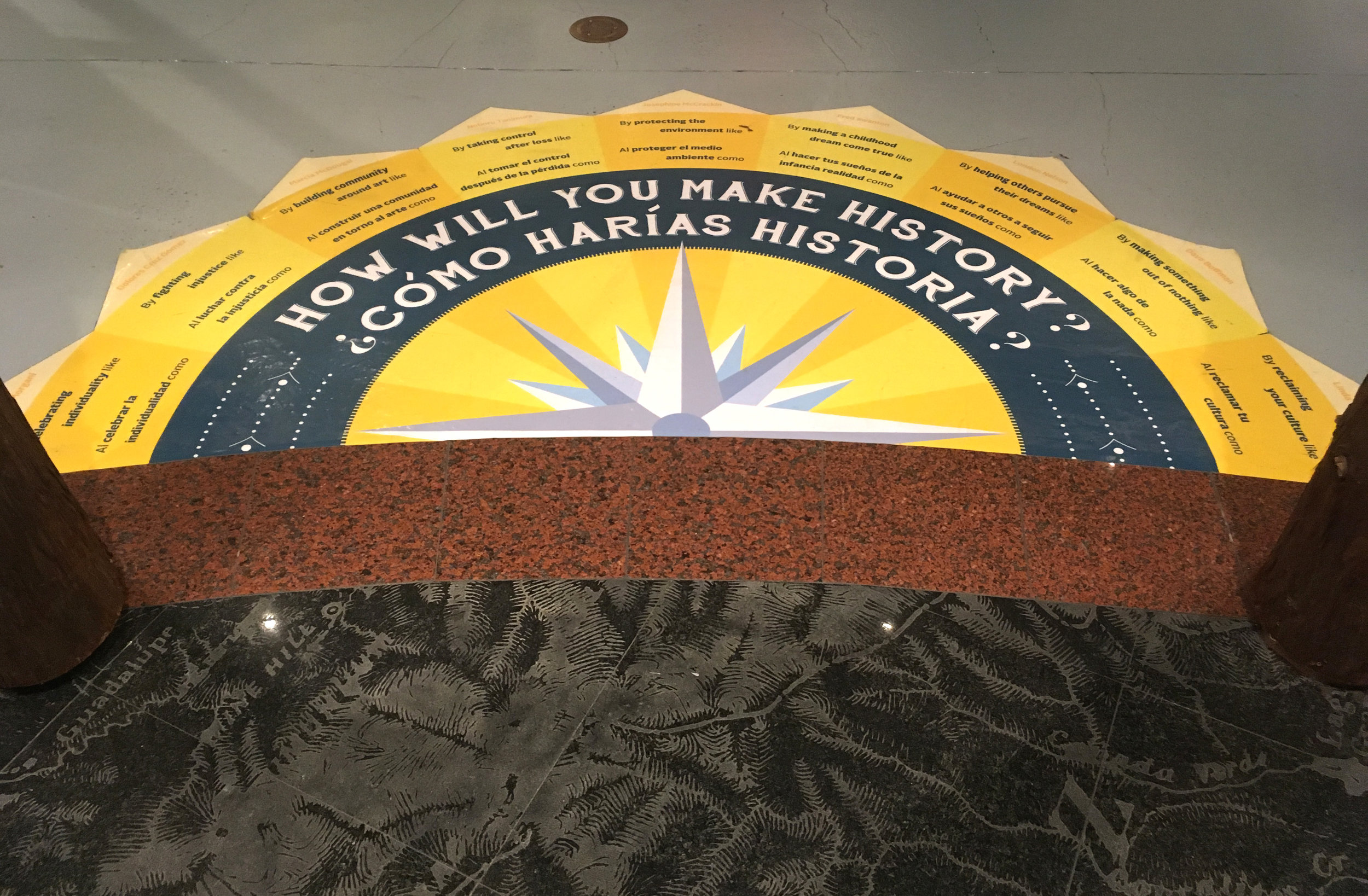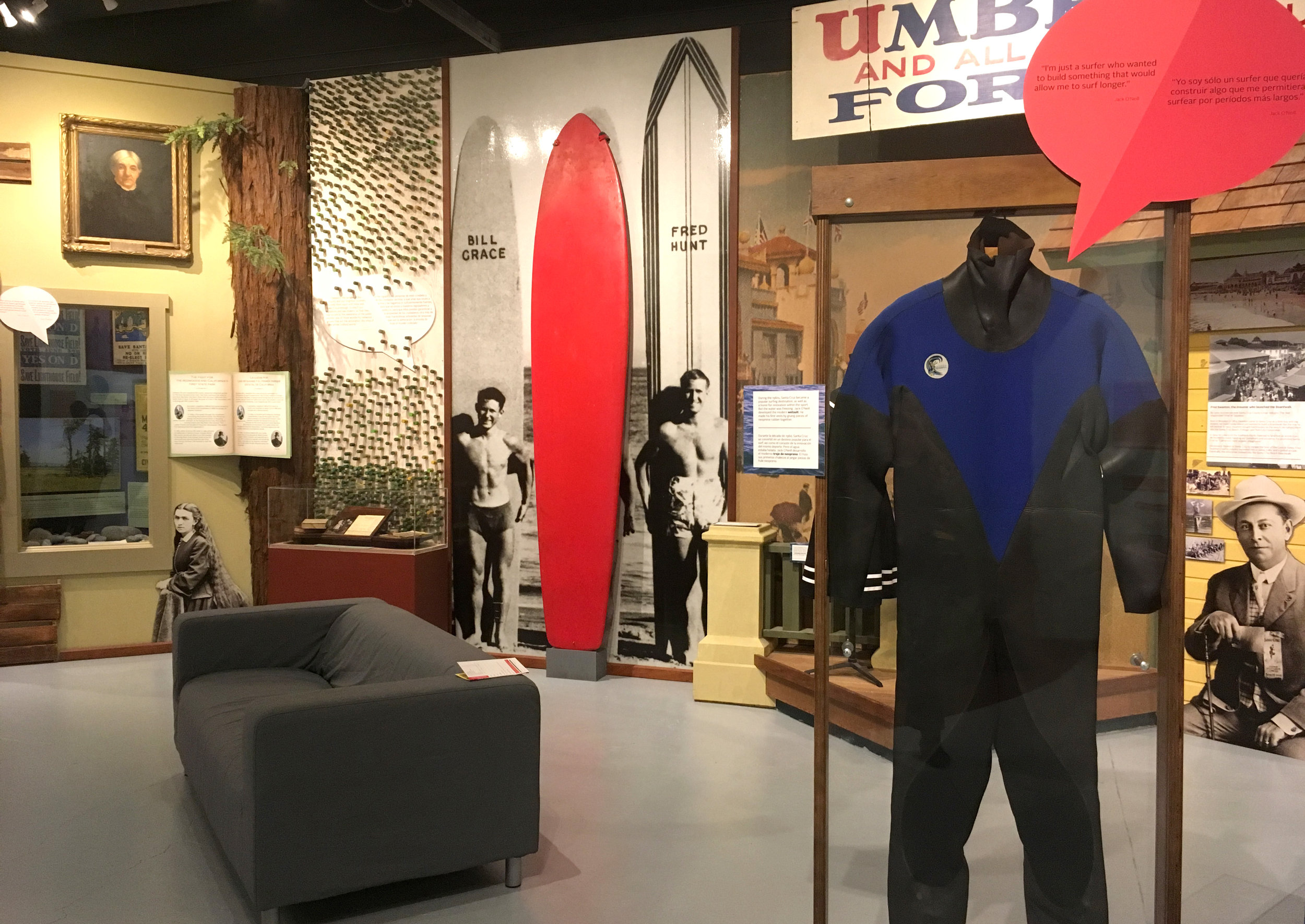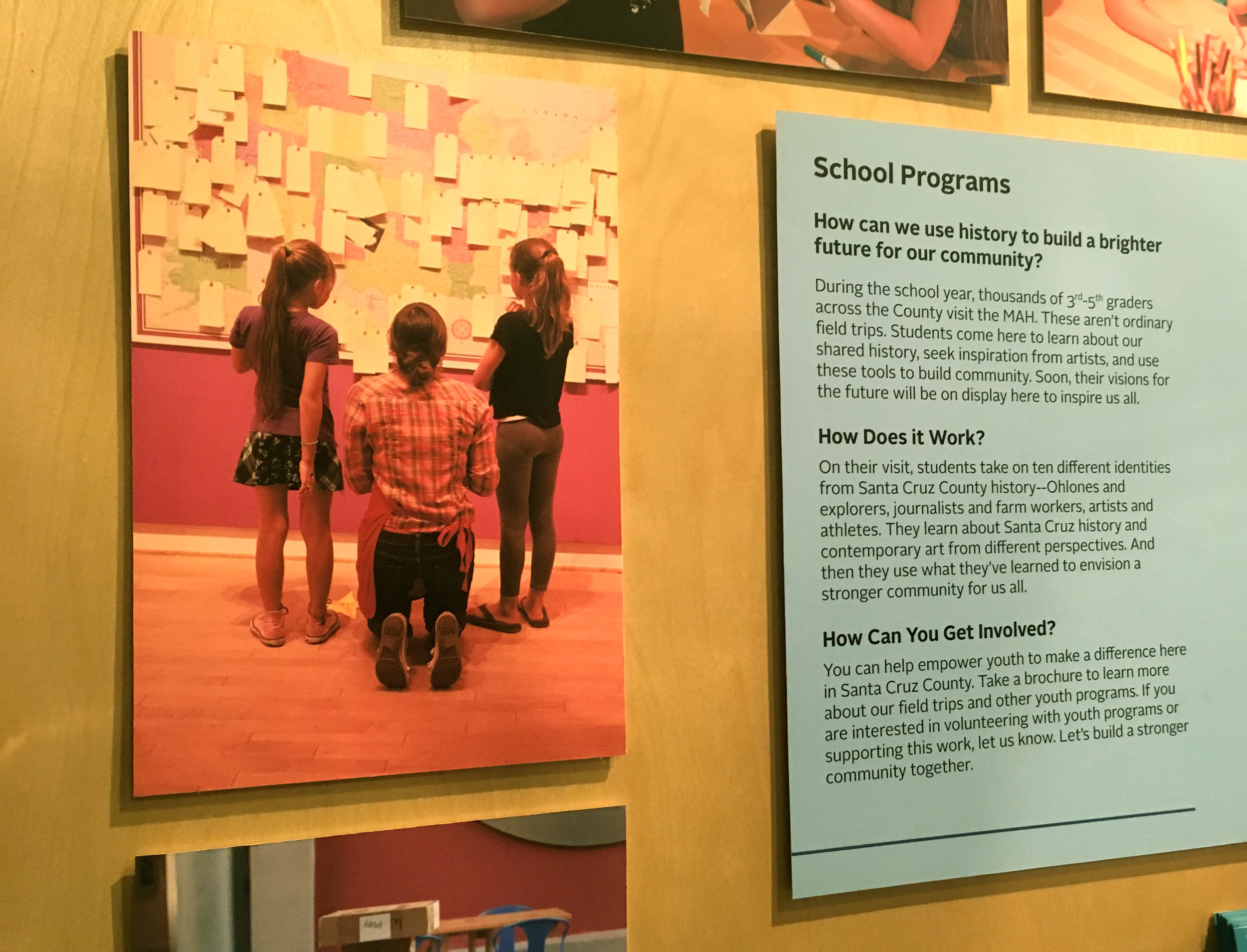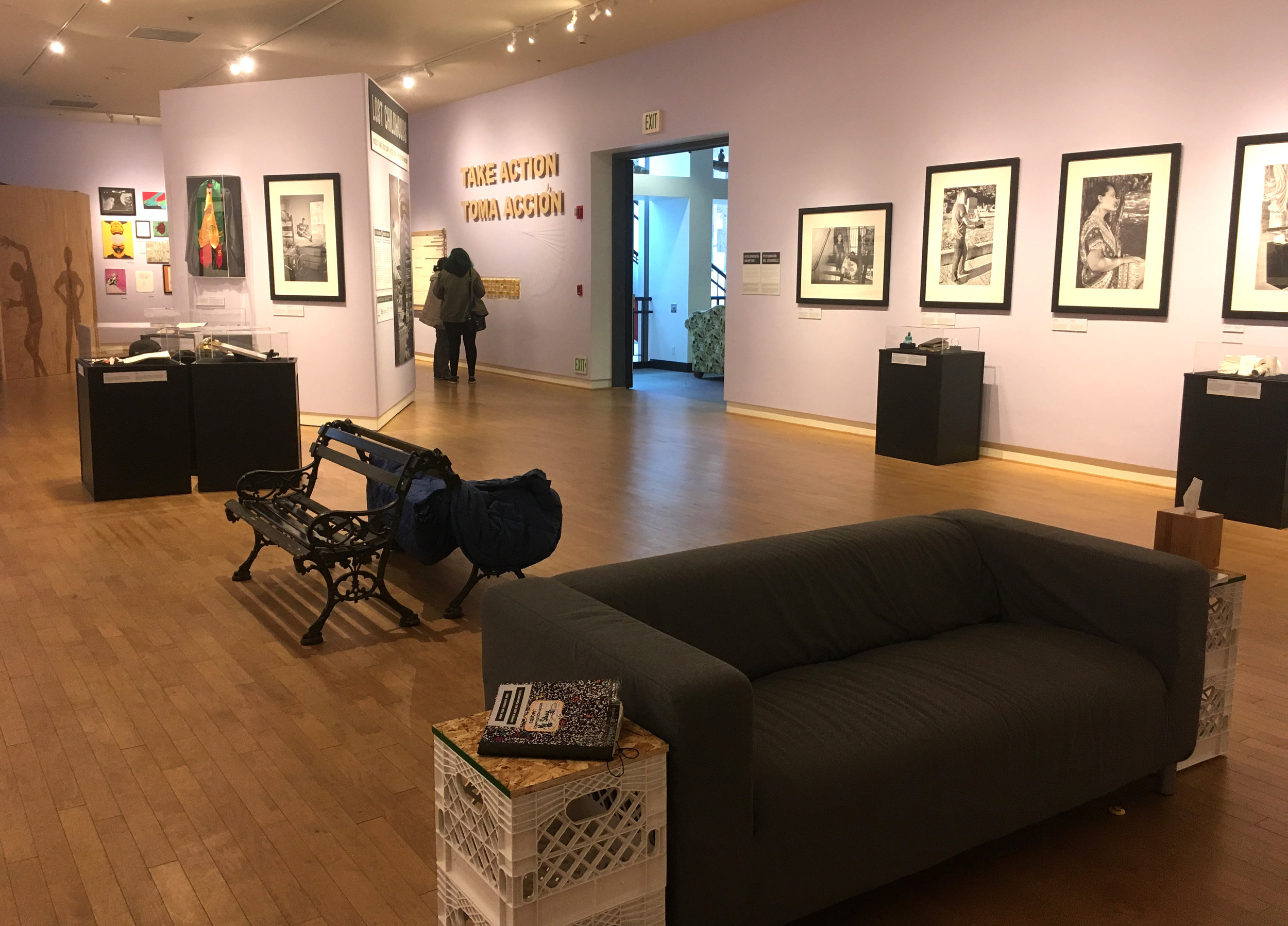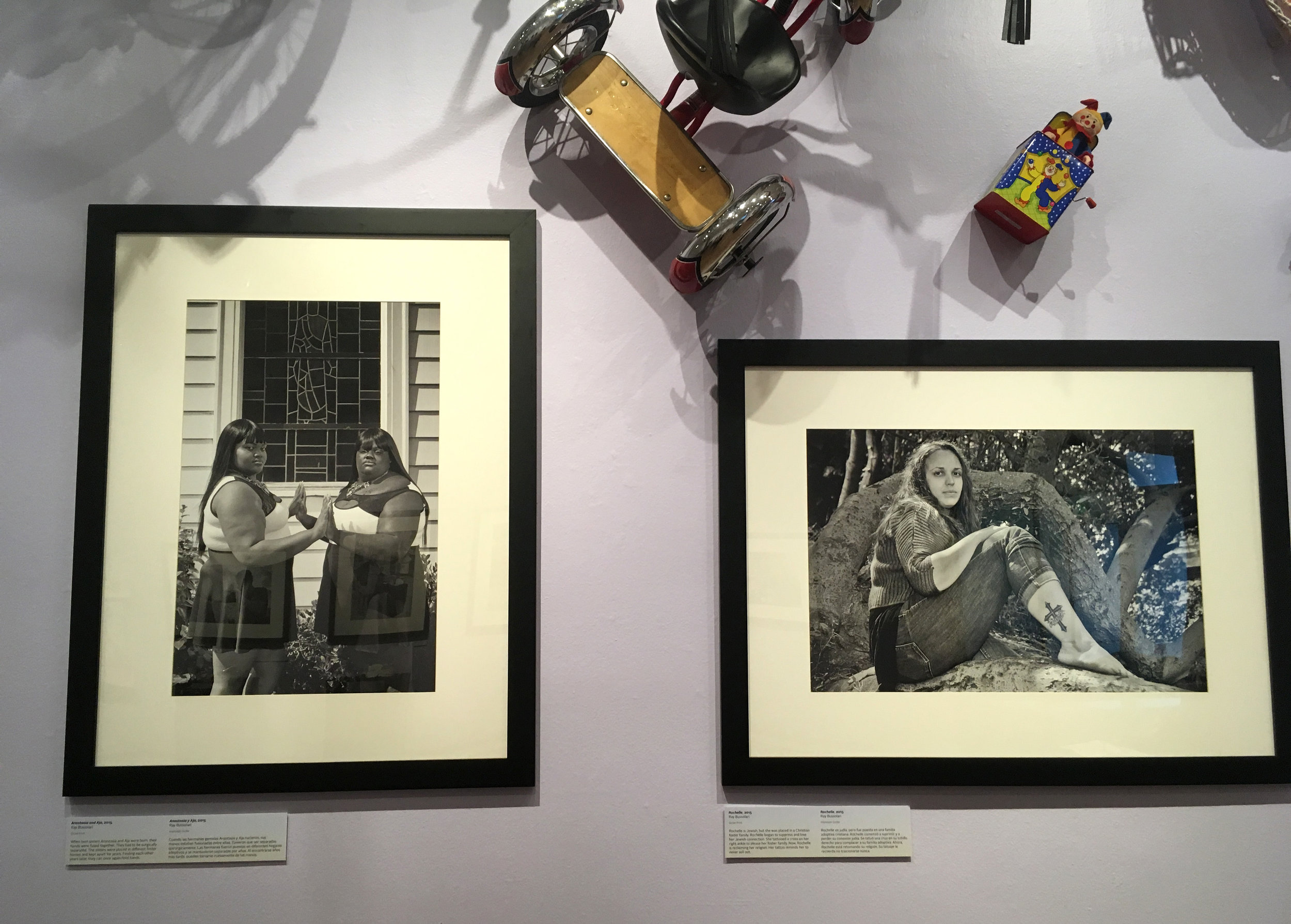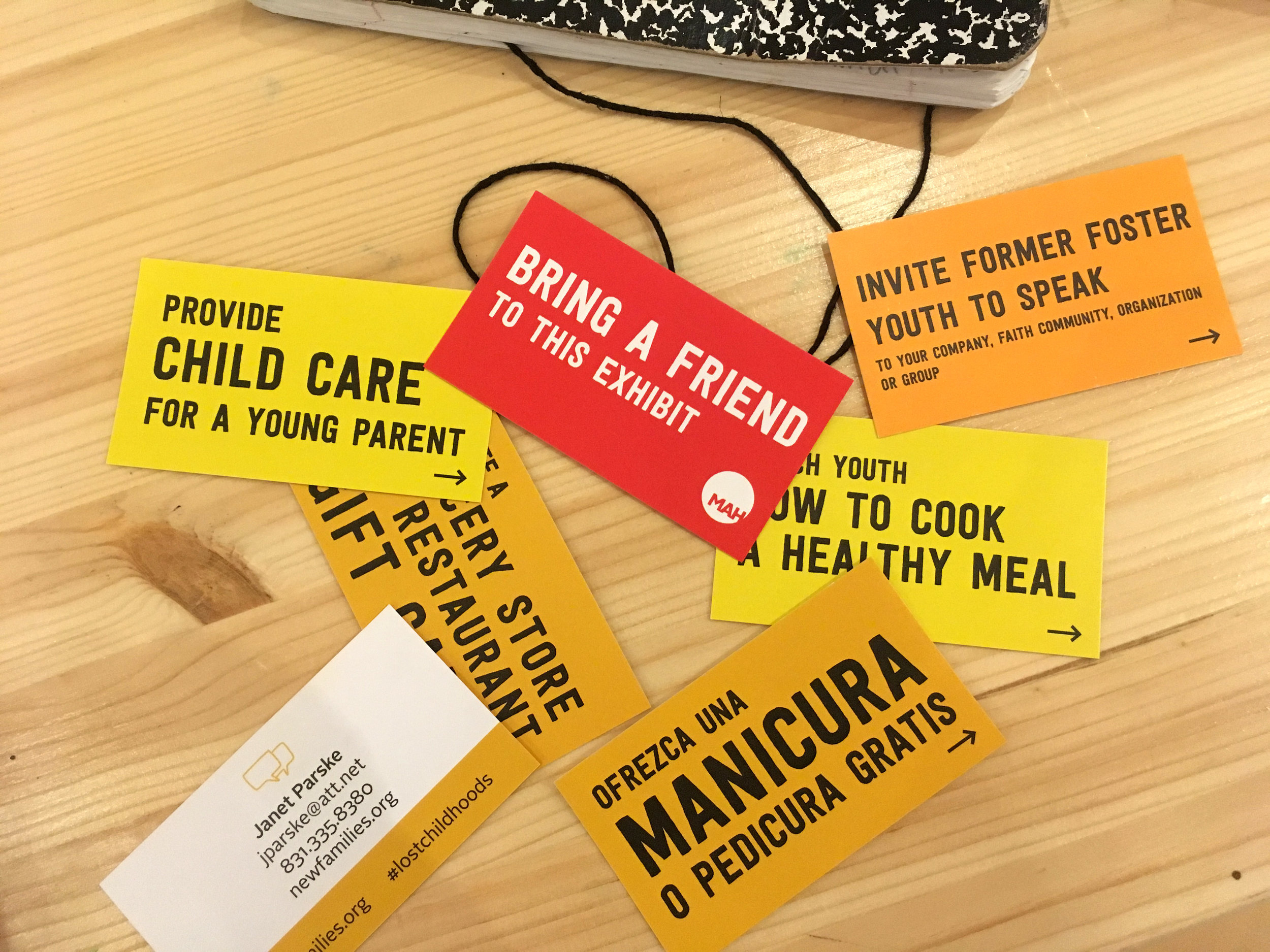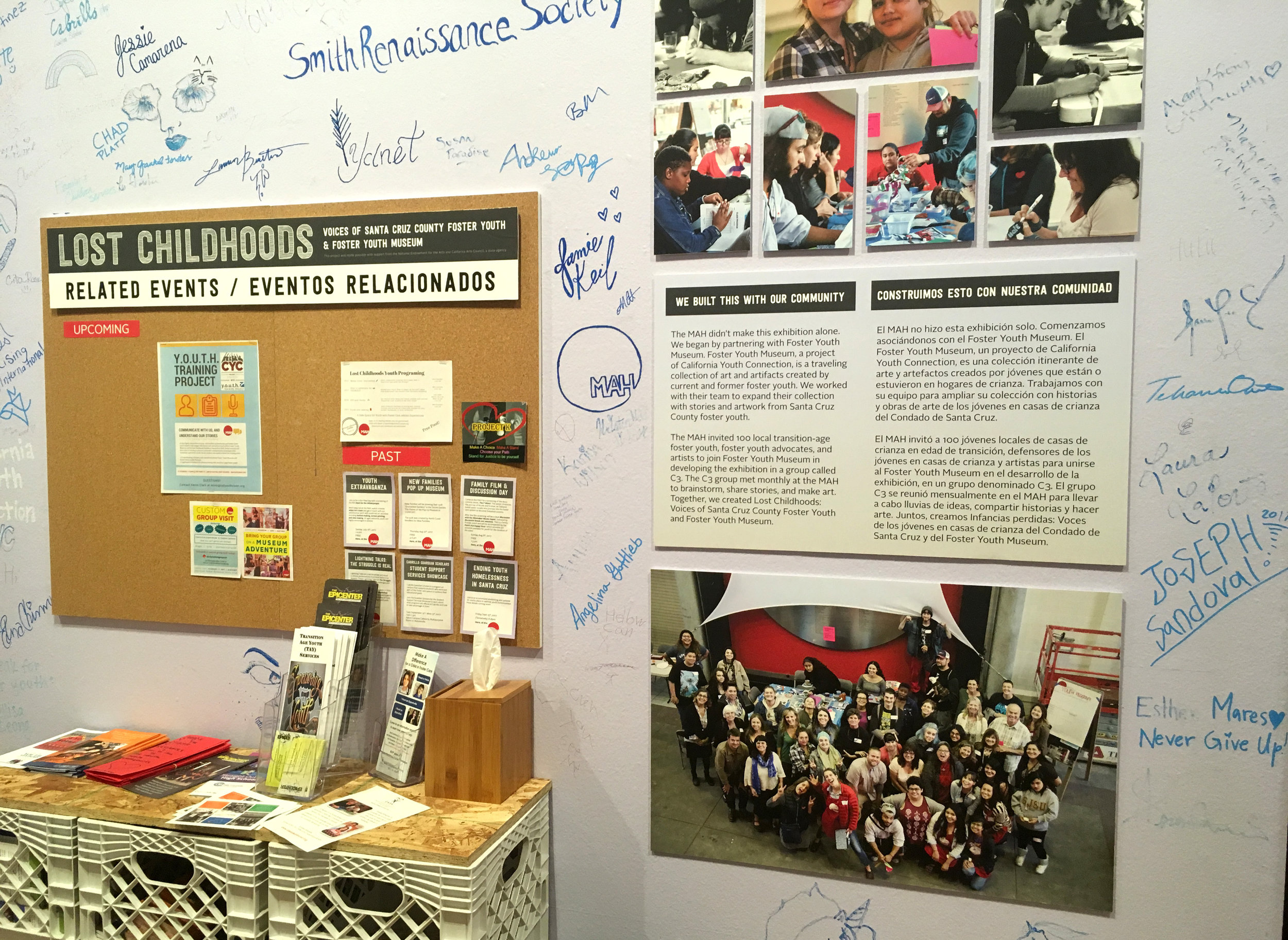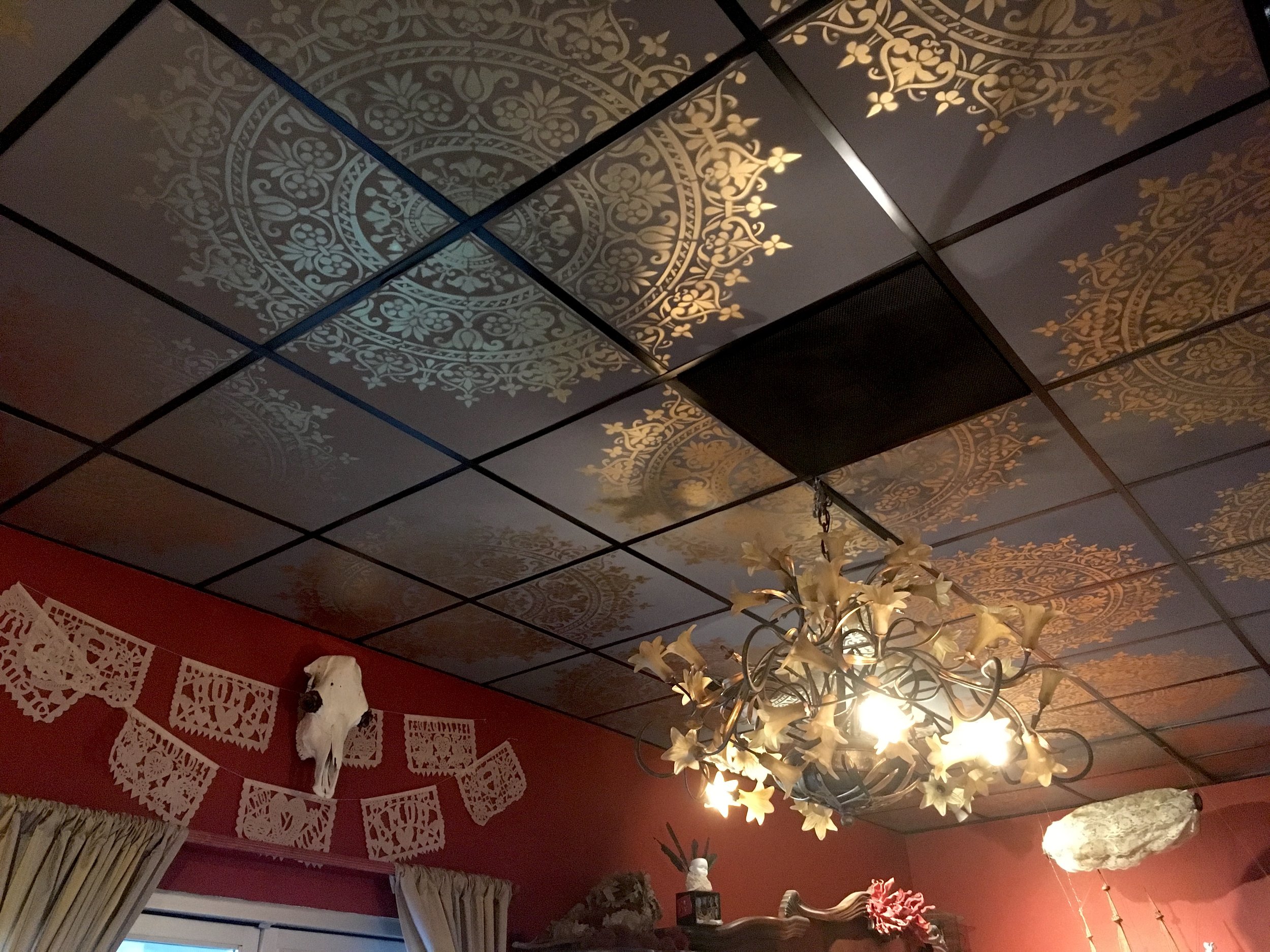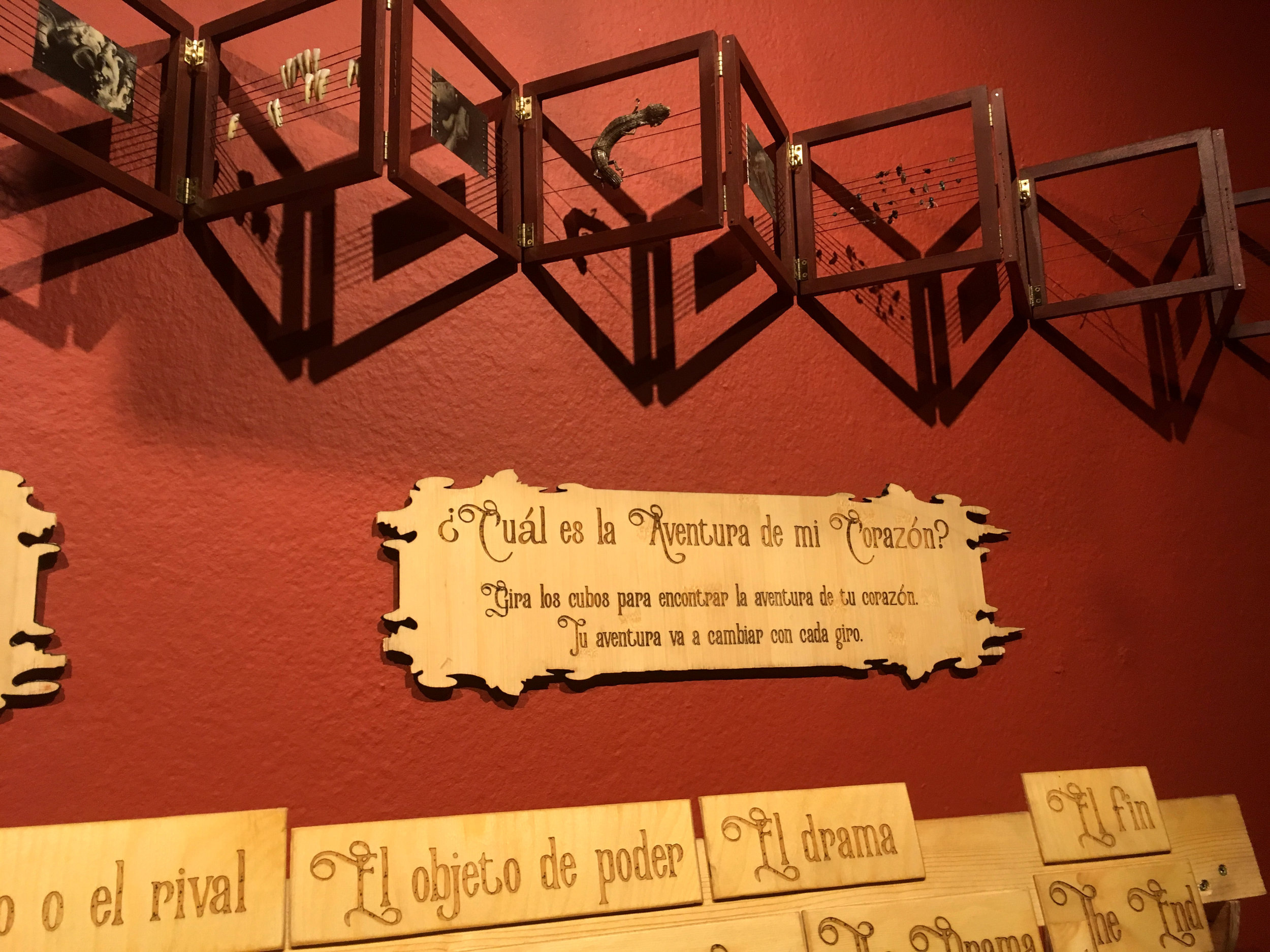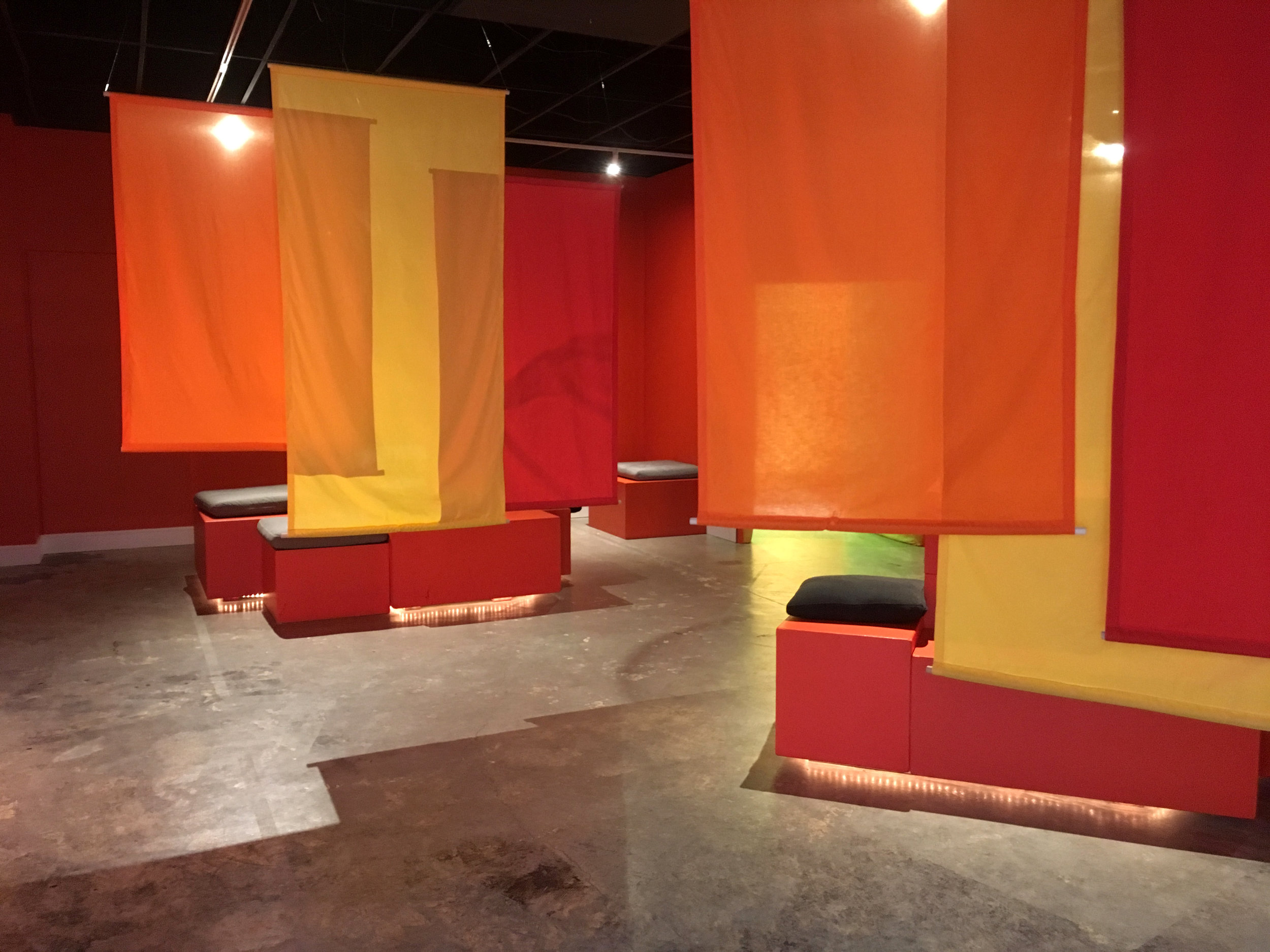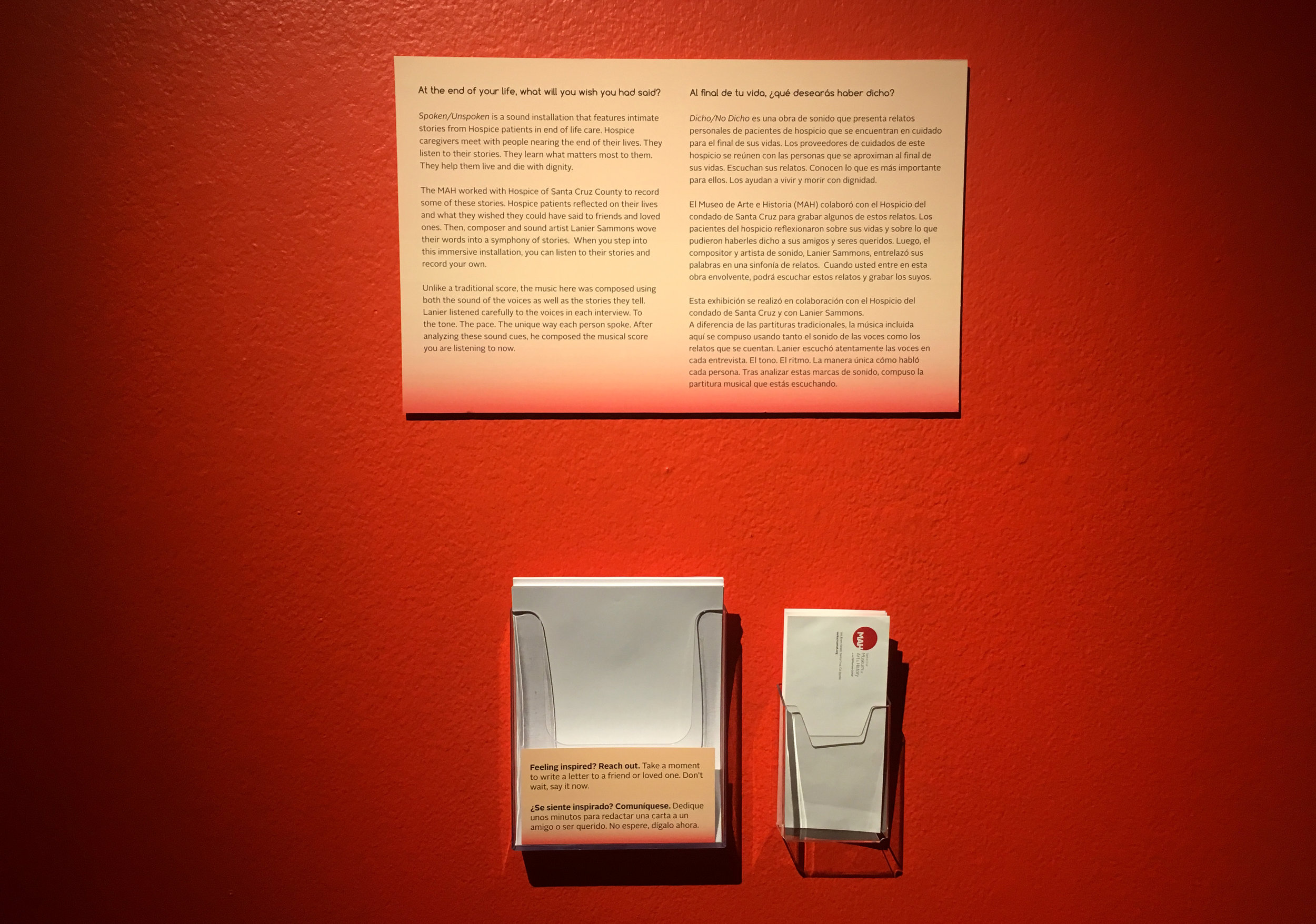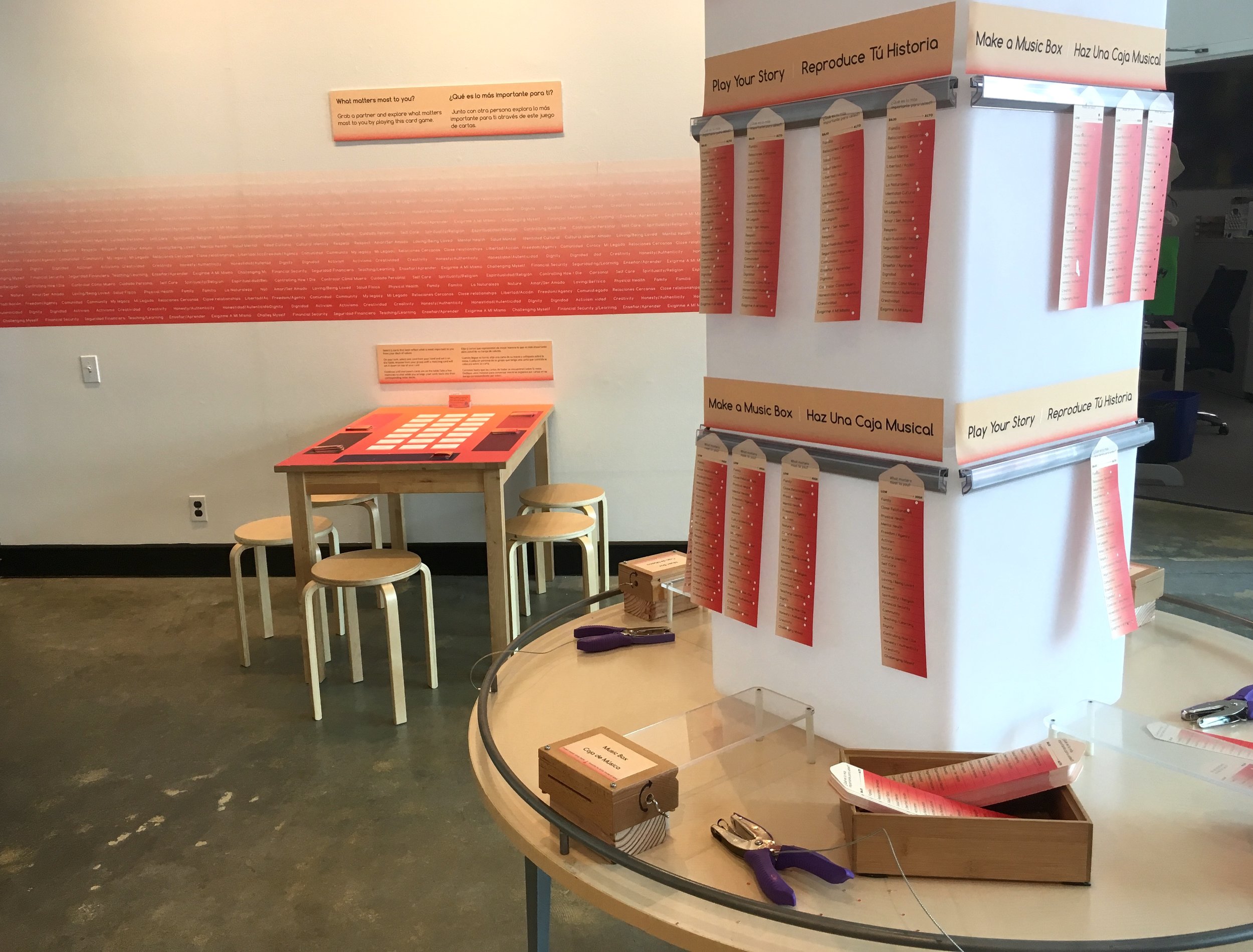Participatory Relevance (CA)
Santa Cruz Museum of Art and History. My return to the SF Bay Area brings "HOME" the importance of this area as a hub for progressive museum thinking. The Exploratorium is one example of this, where I met Nina Simon years ago. At that time I was reading her first book "The Participatory Museum", and now after reading "The Art of Relevance" I'm finally making a visit to her museum. Nina Simon is an advocate for meaningful new relationships between museums and communities, and her books are a must read for museum professionals. After a quick lunch together, she slipped back to her work and I explored the museum by myself.
"This is Your Museum." Moving beyond the initial "bonding" potential of museum experience, MAH's goal is to promote a stronger and more connected community, through "building bridges" and "feeling empowered". Going further, OFBYFOR ALL is MAH's global initiative to make civic and cultural organizations more inclusive. This is museum as community center, devoted to collaboration and activism with no pretense of neutrality. Here you can have a job title that includes the word "Catalyst" or "Spark".
The sidewalk entry is spare. The main entry is around the corner, set back from the street in a cozy plaza with a food court. Based on the logo, a semi-cricle of red balls against the mirrored walls of the building creates a floating ring above the door. The 2 entries are unified by a mural that wraps the plaza with a patchwork quilt theme.
The important first impression is a relaxed social activity (trains) in an unpretentious lobby. It's this scene that lures us in, not the sophisticated, seductive or novel aspects of the designed environment. Without knowing their design intent, it's clear that this informal persona is what makes MAH an authentic community center, a safe and welcome place for all. At the same time, unresolved design aspects indicate a level of design that is associated with amateur museums in general. This raises design questions about the difference between a lack of design ability or resources on one hand, and not wanting design to be an obstacle to authentic experience on the other hand. It's an issue close to my heart, having struggled with it for years. The Intentionality and appropriateness of design are a heightened concern. Since "no design" is not an option, what is the most sensitive design approach in this situation? I like to think that authenticity and empowerment can co-exist with sophisticated design. Smart functional elements, and flexible exhibition design elements is a useful strategy that could be applied here.
A piano just inside the sidewalk entry is a bonus gesture of informality. The unspoken message doesn't need any interpretation.
The Santa Cruz History room is small and packed, visible almost all at once. The writing style is simple and direct about social issues. Encouraging visitors to "make" history themselves is the prominent theme, introduced by this floor graphic at the entry.
"How can you get involved?"
MAH co-creates exhibitions through its think tank committee (C3), a group of creative community activists. For example, the "Lost Childhoods" exhibition is a collaboration with the Foster Youth Museum and a group of local foster youth, artists, and youth advocates. As well as stories, personal belongings, photography, and art installations created by foster youth, the exhibition includes concrete ways to support child welfare today, acting as a "platform for dialogue and action." Homey sofas in the foyer, with kleenex, set the stage.
I wonder if the exhibition space itself was also co-designed with the community? Partitions would help to break up this space, define and give privacy to each story. In the context of changeable collaborative installations, a fleet of re-usable modular elements such as free-standing panels, stands and vitrines could be a useful strategy.
Everywhere there are notebook opportunities to reflect and share personal experiences and thoughts. No nonsense here. They are filled with sincere and revealing reflections.
The photography, stories and objects are intense and eye-opening.
At MAH, exploring the theme of activism is as prominent as the content itself. Below the big wall title is a set of small yellow take away cards.
I'm so impressed by the extra thought and organization this required. Concrete, doable suggestions with real contact information (on the back) in a small takeaway format. Picking out a few cards is already a personal decision, a commitment to move from new awareness to considering action. The deeper message doesn't need to be put into words; Everyone has something to offer.
A "community board" wall allows visitors to understand that the way an exhibition is created is as important as what it is about. This area raises the same questions about unresolved design and intentional informal design.
"We built this with our community" is a statement of shared pride. There is no hesitation about offering community pamphlets and notices in the galleries.
The Chamber of Heart and Mystery is a whimsical arty space that serves as a "magical" portal to The Word Lab, a writing lab for local 4th through 12th grade public school students. Using writing as way of self discovery, projects lead to the publication of a book, poster, or magazine, or public reading. The aesthetic is a nod to the cabinet of curiosities. The door between the chamber and the workshop serves as a projection surface.
A collaboration with a sound artist and Hospice Santa Cruz County, "Spoken/Unspoken" is a sound installation featuring intimate messages from Hospice patients in end of life care. It asks "At the end of your life, what will you wish you had said?" This exhibition invites you to listen to and contribute stories that are woven into an audio installation.
A simple draped environment does not distract from listening to moving messages.
This gives new meaning to the importance of "last words."
The recording room.
Stationary and envelopes are provided. "Feeling inspired? Reach out. Take a moment to write to a friend or loved one. Don't wait, say it now."
Near the exhibition is an exercise in values; rating what is most important to you, using a hole punch. The card then plays a melody in the music box.








